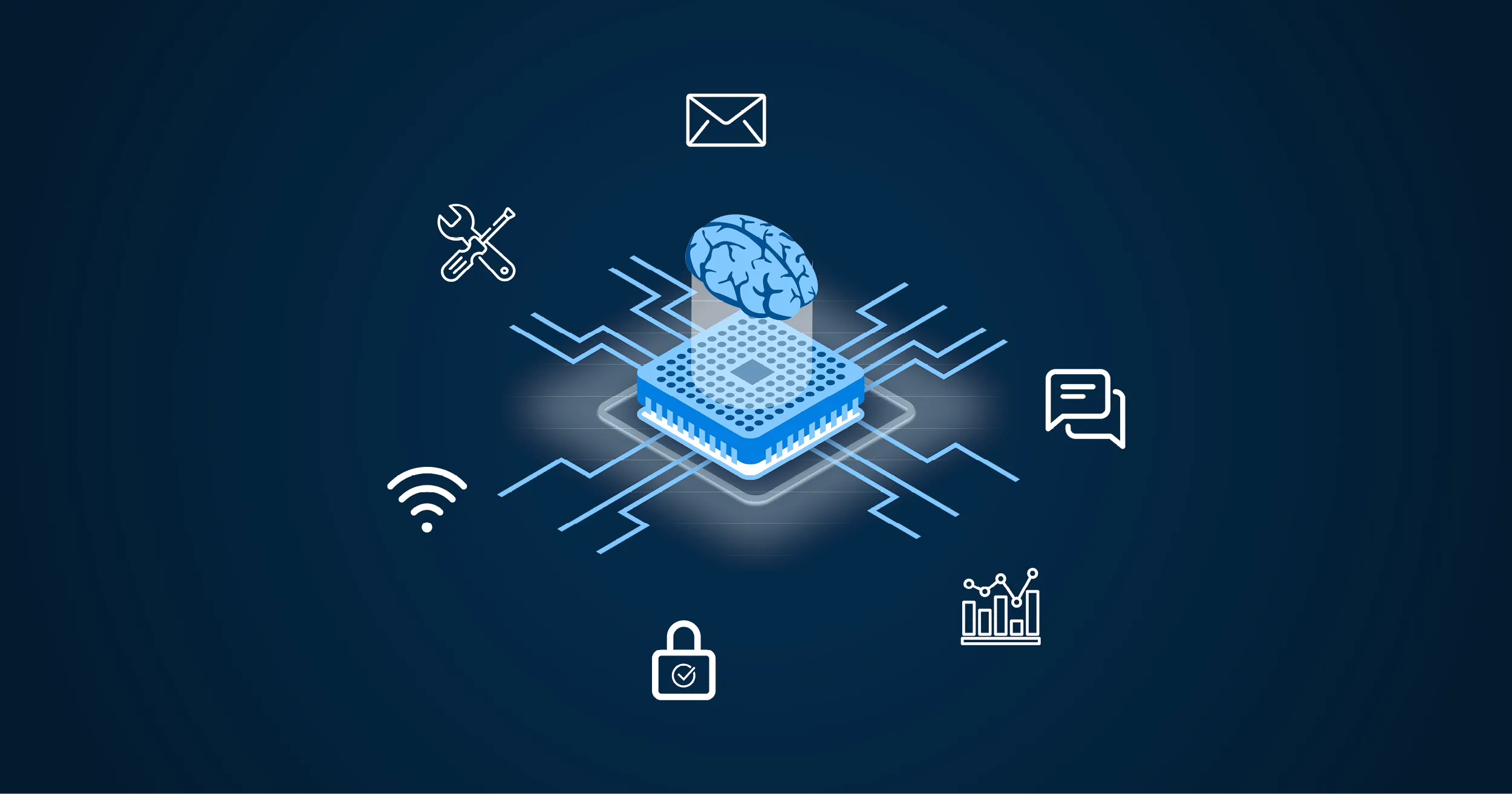
Embedded systems are computer systems specifically designed to execute particular functions, frequently utilising limited resources. They are found in various devices and equipment, from consumer electronics to medical devices and industrial automation.
The applications of embedded systems are vast and varied, ranging from the automotive industry to medical devices, industrial automation, to consumer electronics. This blog post examines the various applications of embedded systems in modern technology, including the advantages and challenges associated with their implementation.
Table of Contents
Uses of Embedded Systems in Modern Technology
The following are the areas where embedded systems are being used more. Have a look:
Automotive Industry
Embedded systems play a crucial role in the automotive industry, extensively employed to enhance performance, safety, and fuel efficiency. For instance, engine control units (ECUs) regulate critical engine functions such as fuel injection, ignition timing, and other parameters to optimise performance and fuel economy. Anti-lock brake systems (ABS) leverage embedded systems to avoid wheel lock-up during braking, improving the vehicle’s stability and safety.
Infotainment systems provide drivers with audio, navigation, and other features. Driver assistance systems use cameras, radar, and other sensors to detect and warn drivers of potential hazards.
Consumer Electronics
Consumer electronics are another major application area for embedded systems. Smartphones use embedded systems to process calls, messages, and other data. Smart home devices use embedded systems to control lighting, temperature, and security.
Embedded systems are utilised in wearable devices, like smartwatches, to track and monitor an individual’s health and fitness activities. Gaming consoles use embedded systems to deliver high-performance graphics and processing power.
Medical Devices
Medical devices often use embedded systems to provide critical functions, such as pacemakers that regulate the heart rate, insulin pumps that deliver insulin to diabetic patients, imaging devices that capture and process medical images, and patient monitoring systems that track vital signs and alert medical staff to potential issues.
Industrial Automation
The application of embedded systems in industrial automation is widespread and pervasive. Manufacturing machinery uses embedded systems to control and monitor the production process. Embedded systems are leveraged in robotics to enable the execution of intricate operations in industries such as manufacturing and logistics.
Building automation systems use embedded systems to control lighting, temperature, and security. Energy management systems use embedded systems to optimise energy use and reduce costs.
Aerospace and Defense
Embedded systems are extensively used in aerospace and defence. In aviation, flight control systems, navigation, and communication systems use embedded systems to ensure safety and efficiency. Embedded systems are used in defence for weapons systems, radar systems, as well as command and control systems.
Agriculture

Embedded systems in agriculture have been on the rise as they offer various benefits, such as enhancing productivity and optimising yields. Precision agriculture uses embedded systems to optimise planting, fertilisation, and irrigation, resulting in the more precise use of resources and higher yields. Smart farming uses embedded systems to monitor soil moisture, crop health, and other factors, allowing farmers to make data-driven decisions.
Space Exploration
Embedded systems are critical to space exploration. They are used in spacecraft to control navigation, propulsion, and other systems. Embedded systems are also used in space probes and rovers to perform scientific experiments and data collection.
Advantages & Challenges of Embedded Systems
Embedded systems offer several advantages over general-purpose computers. They are designed for specific functions and optimised for performance and efficiency. Embedded systems are renowned for their high dependability and ability to operate efficiently in challenging environments, requiring minimal maintenance.
They can be programmed to be flexible and scalable, allowing for future upgrades and changes. Embedded systems are also cost-effective, requiring minimal hardware and can run on low-power processors.
Despite their advantages, embedded systems also pose several challenges. They have limited processing power and memory, which can limit their functionality and performance. Hardware and software compatibility issues can arise when integrating embedded systems into larger systems. Security vulnerabilities can also be a concern, as embedded systems are often connected to other devices and networks.
The good news is adequate testing and maintenance of embedded systems can help to mitigate these security vulnerabilities. Testing should be conducted both during development and after deployment using a combination of automated tests and manual inspections. Learn more about embedded testing best practices.
Future of Embedded Systems
The future of embedded systems looks promising. The Internet of Things (IoT) is driving the proliferation of connected devices, and embedded systems are at the heart of these devices. Artificial intelligence (AI) and machine learning are also increasingly integrated into embedded systems to improve performance and functionality.
Conclusion
Embedded systems are an essential part of modern technology. They are found in various devices and equipment and are critical for performing specific functions. They offer several advantages over general-purpose computers but also pose several challenges. As the world becomes more connected and data-driven, embedded systems will play an increasingly important role in enabling innovation and progress.
